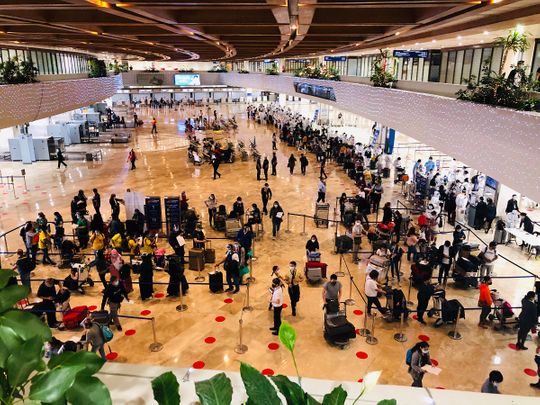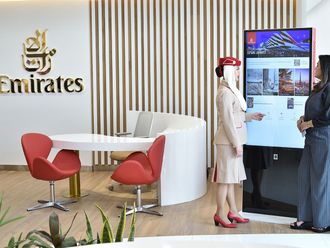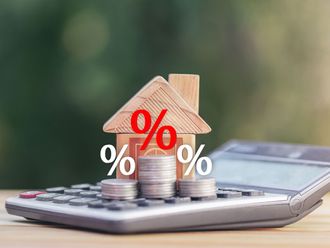
Manila: Starting in September 2025, passengers and airlines at Ninoy Aquino International Airport (NAIA) will face higher airport fees, according to its new operator.
The New NAIA Infra Corp. (NNIC) has confirmed that the new fees mark the first significant fee adjustment in 24 years — since the year 2000 — reflecting inflation and part of the broader modernisation drive of the Asian country's main aviation gateway, aligned with airports in neighbouring countries.
"Many have speculated on fee adjustments at NAIA," the New NAIA Infra Corp. (NNIC) posted on the airport's Facebook page.
The NNIC, the consortium led by San Miguel Holdings Corp. in partnership with Incheon International Airport Corp., stated passengers would benefit from the overall improved experience with the adjusted fees.
The proposed regulated aeronautical charges "are lower than the cumulative inflation from 2000 to present, except for the landings and takeoff fees which are bundled with lightning fees, noise and emission charges, and the recovery of cost for modernisation of air traffic control equipment that would enable the optimisation of runway capacity."
New fee structure
The adjustments are part of NAIA's modernisation under NNIC, which took over operations on September 14, 2024.
The fee hikes are meant to account for inflation and to support a 170.6-billion-peso (around $3 billion) investment in upgrading and rehabilitating the airport.
Aircraft Parking Fees:
New rate: 28,000 pesos ($500) for the first four hours, up from the current 19,044 pesos ($340).
Excess hours: 28,000 pesos (p$400) per hour, up from 16,736 pesos ($300).
Passenger Terminal Fees:
Domestic flights: 200 (pesos) will rise to 390 pesos ($7).
International flights: 550 pesos ($9.8) will increase to 950 pesos ($17).
Note: Overseas Filipino Workers (OFWs) remain exempt from paying international departure fees, per existing policies.
Impact on airlines and passengers
Along with passenger fees, airlines will face increased aeronautical charges, which could drive up airfares. These charges include landing, takeoff, and noise emission fees. Despite the increases, NNIC emphasised that the new fees remain below the cumulative inflation rate since 2000.
The proposed regulated aeronautical charges "are lower than the cumulative inflation from 2000 to present, except for the landings and takeoff fees which are bundled with lightning fees, noise and emission charges, and the recovery of cost for modernisation of air traffic control equipment that would enable the optimisation of runway capacity," the concessionaire added.
What’s in it for passengers?
These updates are intended to improve passenger experience and airport efficiency.
Passengers can expect enhanced airport services, including improved infrastructure, thanks to the substantial investments being made.
Improvements in the airport's operations, including the construction of Terminal 5 building, acquisition of state-of-the-art air traffic control equipment and increased aircraft throughput, are expected to boost passenger experience at Manila's only international aviation gateway.
A new $13-billion airport is under construction north of Manila, but it won't open until end-2028.
What you need to know:
- Higher fees will kick in from September 2025
- The fee hike will apply to domestic and international passengers, excluding OFWs.
- Aeronautical charges among airlines would also increase, potentially resulting in higher air fares.
Pre-determined
The NNIC said it has no hand in setting the fee adjustments as these were pre-determined by the government. The modernisation drive will lead to better facilities and services.
Aviation officials earlier wrote a letter to airline operators, saying fees and charges at NAIA remain unchanged since the issuance of Administrative Order 1, series 2000.
It would invest 170.6 billion pesos ($3 billion) for the rehabilitation and upgrade of NAIA and has offered an 82.16 per cent revenue share to the government.
The modernisation drive is expected to improvements in facilities and services at the airport, including an additional terminal (T5), improvements in air traffic control facilities and higher aircraft throughput. NAIA was once ranked as the No. 1 'Worst Airport in the World'.









